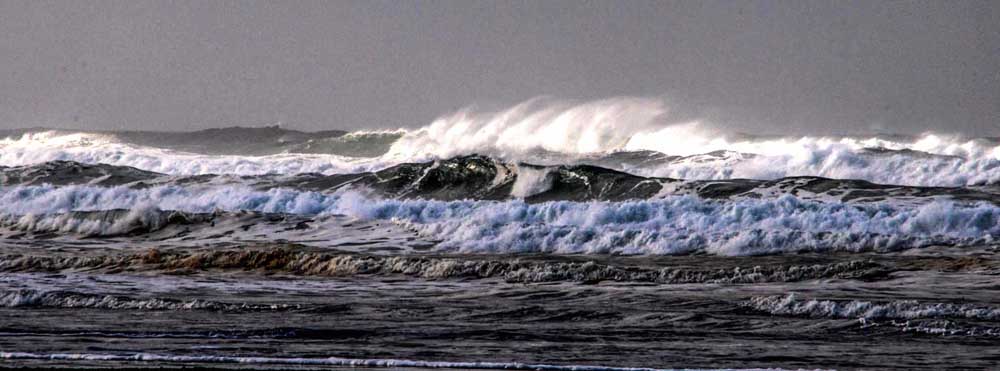Aquarium News: Sneaker Waves
Published 8:30 am Friday, October 16, 2020

- The Seaside Aquarium warns of the dangers of sneaker waves.
Sneaker waves can strike at any time. Sneaker waves are sudden unexpected waves that reach higher onto land without warning.
These powerful deadly surges are able to move large amounts of sandy sediment, rocks, knock over adults and roll large logs with only a few inches of water.
Different ocean conditions can manufacture sneaker waves.
Coastal storm conditions are often easier to identify as dangerous with indicators such as rough surf and high swells. Winter storms can induce sneaker waves that run up the beach over 150 feet, topple over rocky outcrops and destabilize cliffsides.
Danger also awaits on calm days when high-energy wave sets occur after a long period of small surf with smaller waves.
Sneaker waves are perhaps most dangerous when people underestimate the risk they are in, lulled into safety by seemingly calm surf and sunshine it is easy to become distracted with recreational activities or assume the high-water line is farther out.
According to the National Weather Service, along the west coast sneaker waves kill more people than all other weather hazards combined.
If an individual is knocked over, sand content can weigh down already saturated clothing and make escape from an undertow current difficult or impossible.
Logs and driftwood can come in with the wave, be dragged back down towards the ocean from the high-tide line and potentially roll over individuals caught in the surge.
Cold ocean temperatures in the Northwest also place any individual dragged off the beach in immediate danger of cold-water paralysis. Cold water will quickly drain energy and inhibit an individual’s ability to swim within minutes.
King tides occur when the orbits and alignment of the earth, moon, and sun combine to produce the greatest tidal effects of the year. The next occurrences will be Dec. 13-15 and Jan. 11-13. Respect closures and barricades, stay off the sand and watch the waves from an elevated location well above the action.
• Never turn your back on the ocean.
• Do not sit or play on logs or large pieces of driftwood near the tide line.
• Visually note how far the ocean has previously come by spotting the divide between wet and dry sand.
For additional guidance, be sure to check out local weather and surf advisories for your area.





